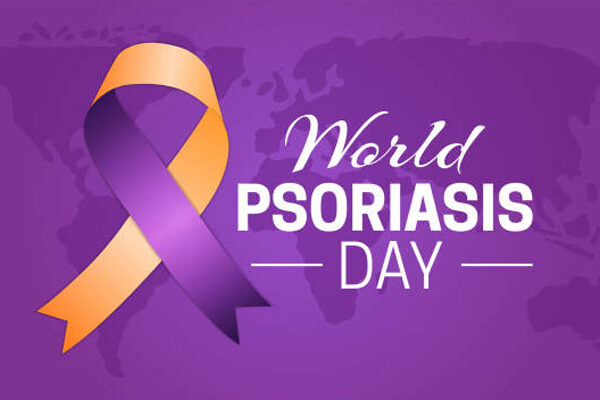Updated on March 12, 2024

Living with vitiligo is a normal experience, yet it does have a considerable impact on the lives of many individuals and their confidence to carry out everyday activities.
Although vitiligo is not directly classified as a disability, it may be considered as such under the Disability Act in various European countries if it substantially affects a person’s long-term engagement in everyday life.
This article delves into the effects of vitiligo on daily life and examines the potential categorization of vitiligo as a disability.
Also Read: Is Vitiligo Hereditary or Genetic?
What are the Challenges of Vitiligo?
Adapting to life with this condition may present certain challenges that individuals may find difficult to navigate such as:
- Impact on job performance
- Limited ability to work outdoors due to sun sensitivity
- Need for ongoing treatment during the workweek
- Feelings of anxiety, self-consciousness, or depression
- Coping with societal reactions to visible differences
Dealing with vitiligo poses serious challenges, such as notable repercussions on job performance. However, everyone with this condition has a varied experience, depending on the employer’s diverse responses, ranging from supportive to less understanding. Considering these challenges, there is a high need for increased efforts from employers to make necessary adjustments, ensuring a more inclusive and accommodating work environment for individuals dealing with the condition.
Various clinical organizations are investigating potential treatment options for vitiligo to combat the challenges associated with the condition.
Furthermore, Understanding the Connection between Vitiligo and Diabetes
Get vitiligo Disability Benefits
Living with this type of condition can present many challenges, yet there may be an opportunity for compensation through the VA. It is crucial to discuss your condition with your doctor and bring military service records to the appointment. This proactive step can facilitate progress in the disability claims process, increasing the likelihood of obtaining vitiligo disability benefits.
How to Support Individuals with Vitiligo?
Supporting individuals with this condition requires recognizing the unique nature of each person’s experience with the physical and psychological effects of the condition.
It is essential to take the time to understand and acknowledge the impact this condition may have on your employees. Here are some recommendations on how employers could provide support:
- Engage in open discussions with your employees about their condition
- Collaborate with your employees to find solutions that help them manage the condition
- Seek a formal diagnosis from General Physicians
- Encourage employees to utilize employee support services for independent support
- Consider involving a union representative to offer additional support to your employees with vitiligo
- Raise awareness about the condition within your workplace to foster inclusivity
- Recommend reaching out to community services with the similar condition
- Raise awareness about the potential treatment options available through Vitiligo Clinical Trials
Furthermore, Understanding the Connection between Celiac Disease and Vitiligo
How to know if Vitiligo is a Disability?
When individuals face difficulties at work due to this condition, they often enquire about its classification as a disability. This becomes crucial because disability in the workplace is safeguarded under the Disability Act in various European countries. Moreover, this protection prohibits discriminatory treatment based on one’s condition and places a legal obligation on employers to make reasonable changes for the individuals afflicted with the condition.
Furthermore, it is not directly labeled as a disability, it can be categorized as such if it affects a person’s long-term regular activities. A ‘long-term impact’ refers to an impact lasting at least a year, and a ‘substantial impact’ goes beyond minor or trivial disruptions.
However, to determine if this condition meets disability criteria or not, it is essential to consult your general physician, who can evaluate the condition’s impact and provide insights into potential treatment options for vitiligo or other skin conditions.
Understand Your Legal Right
If vitiligo qualifies as a disability, your employer is legally required to acknowledge its impact on your role and implement reasonable measures to help you adapt to the working environment, thereby mitigating barriers associated with your condition. Therefore, it is crucial to understand your legal rights.
Summary
Vitiligo may not inherently qualify as a disability, but its classification becomes possible if it impacts your long-term activities. Additionally, consider participating in various clinical trials near you that can contribute to enhancing your overall condition.





